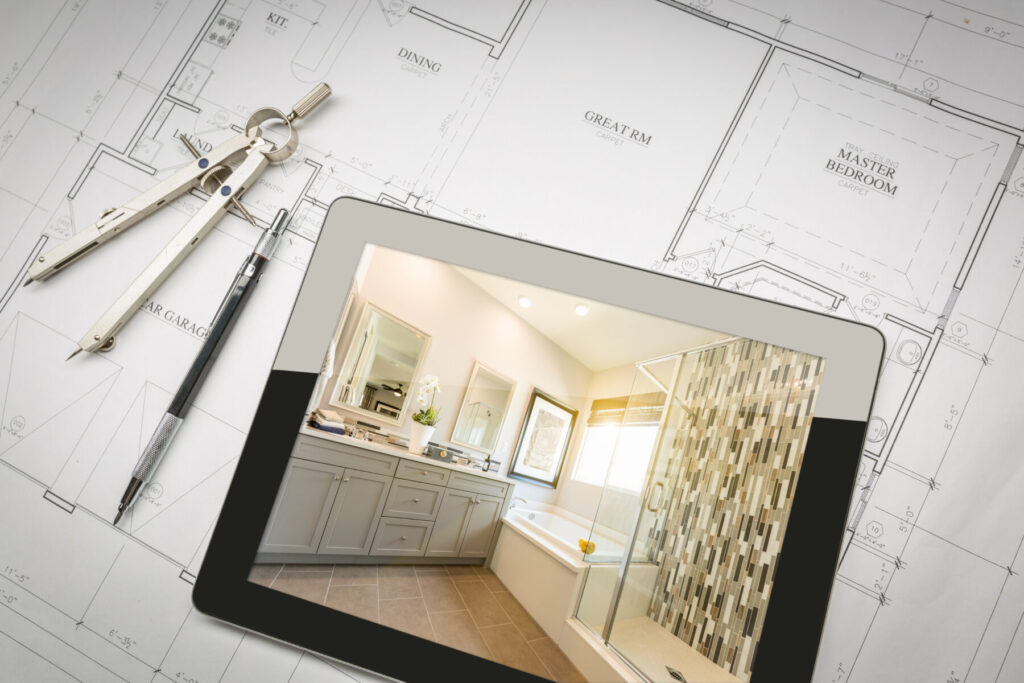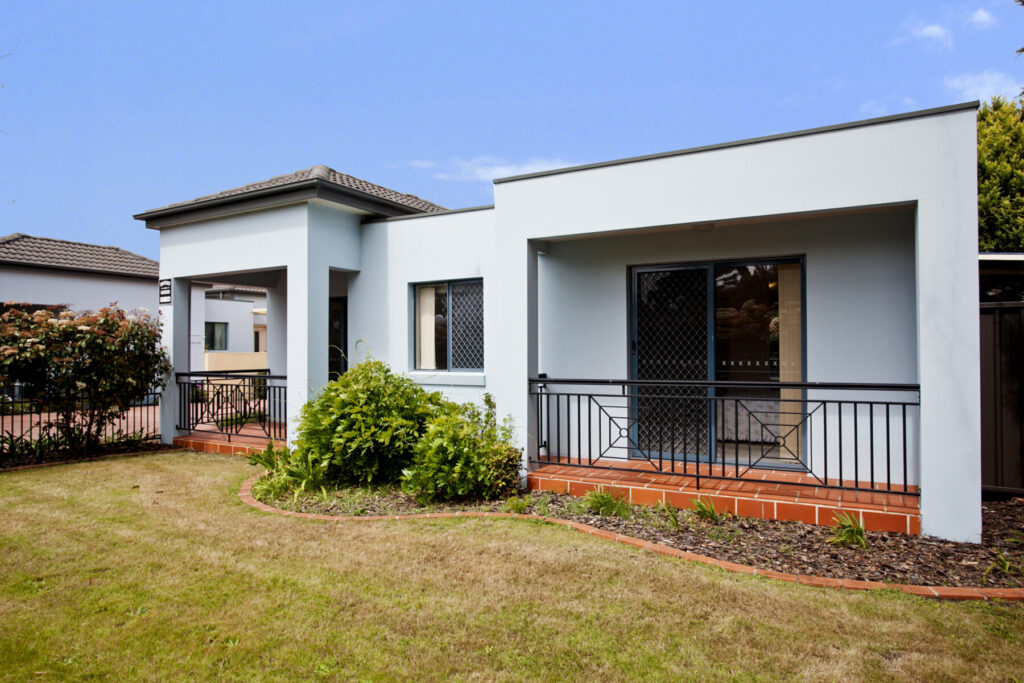
An Accessory Dwelling Unit (ADU) is a secondary residential unit that can be added to a single-family residential property. ADUs are often referred to as granny flats, in-law units, or backyard cottages. They are fully equipped with kitchen and bathroom facilities and can be either attached to the main house, detached in a backyard, or converted from existing space within the primary residence.
ADUs starting at $150,000 all-inclusive
- Consultation
- Architectural and structural plans
- Permits
- Construction
- FF&E (Furniture, Fixtures and Equipment)
- Turnkey


Types of ADUs:
- Attached ADU: An ADU that is physically attached to the main house, typically sharing one or more walls. It may have a separate entrance or be accessible through the main house.
- Detached ADU: A standalone structure located in the backyard or on the same property but separate from the main house. Detached ADUs offer more privacy and often more design flexibility.
- Conversion ADU (JADU): Junior Accessory Dwelling Units (JADUs) are a type of ADU that are smaller in size and are created within the existing footprint of the primary residence. They can include a separate entrance and must have an efficient kitchen (smaller than a full kitchen).
Planning and Building an ADU:
- Initial Considerations: Assess the property’s zoning regulations, size constraints, and other local ordinances to determine if an ADU is feasible. Define the intended use of the ADU—whether for rental income, family accommodation, or personal use.
- Design and Permitting: Choose the type and design of ADU that best suits the property and your needs, considering factors like size, layout, and aesthetic preferences. Obtain the necessary permits from local authorities. This process typically involves submitting architectural plans, engineering details, and ensuring compliance with building codes and zoning laws.
- Construction Process: Hire qualified contractors to manage each phase, including foundation, framing, plumbing, electrical work, and interior finishes. Ensure that construction meets high standards to guarantee safety, durability, and compliance with local regulations.


Important Factors to Consider:
- Legal Compliance: Building a permitted ADU ensures adherence to local building codes, zoning laws, and safety regulations, reducing the risk of fines or legal issues.
- Financial Implications: Evaluate costs associated with construction, permits, utility connections, and ongoing maintenance. Consider potential rental income or property value appreciation.
- Utility Connections: Plan for adequate utility connections (water, sewage, electricity) to support the ADU’s functionality and ensure compliance with utility service requirements.
- Design and Functionality: Tailor the design to accommodate living needs, accessibility, and aesthetic preferences. Consider factors like natural light, privacy, and soundproofing.
- Community and Neighborhood Impact: Discuss plans with neighbors if necessary, and consider how the ADU may affect property value, privacy, and neighborhood dynamics.
Permitted ADU vs. Unpermitted ADU:
Building a permitted ADU offers several advantages over constructing an unpermitted unit:
- Legal Protection: Permitted ADUs comply with building codes and regulations, ensuring structural integrity, safety, and habitability standards.
- Resale Value: Permitted ADUs typically increase property value and appeal to potential buyers due to their legality and compliance with zoning laws.
- Insurance and Financing: Permitted ADUs are eligible for insurance coverage and financing options, facilitating easier access to loans and ensuring adequate protection against unforeseen events.
- Community Relations: Operating within legal guidelines fosters positive relationships with neighbors and local authorities, avoiding conflicts and potential legal disputes.

By understanding the types of ADUs, planning and building processes, and the importance of obtaining permits, homeowners can make informed decisions to maximize the benefits of this investment in their property.
Quote Form
To receive a Quote, fill out the form and select the corresponding project type
